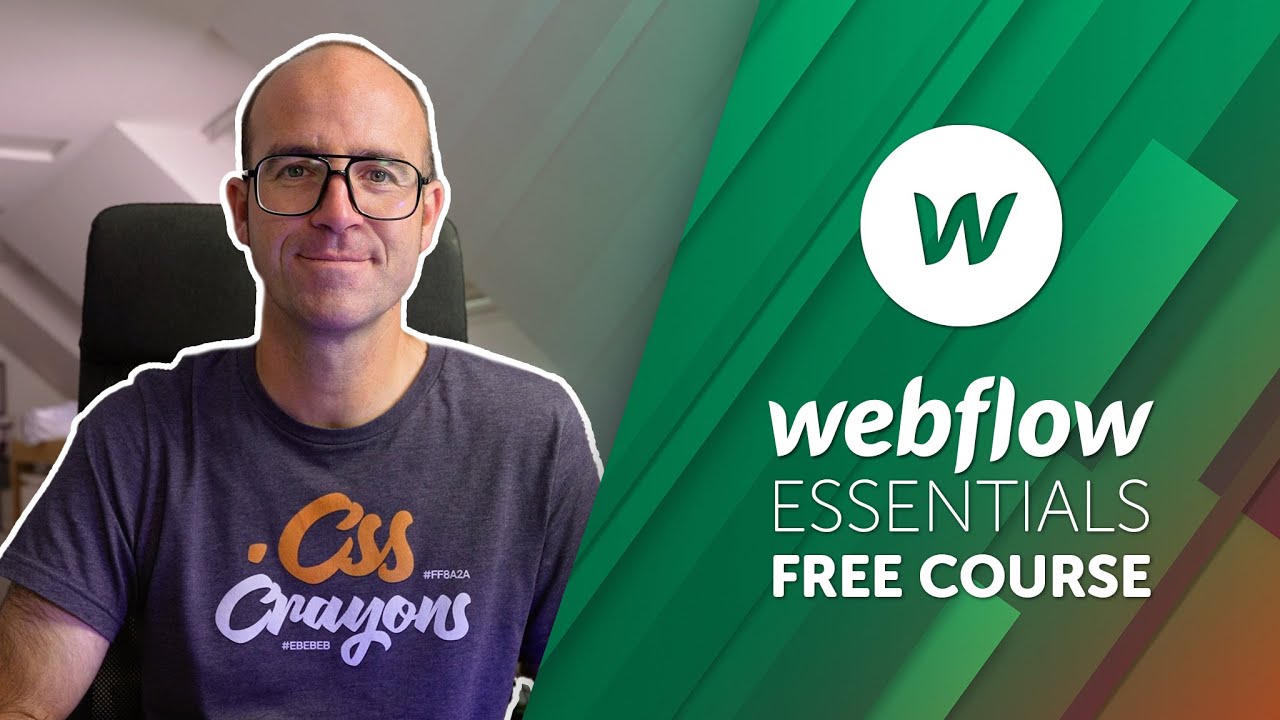75 Years of the Supreme Court of India
Prime Minister Shri Narendra Modi Released a Commemorative Postage Stamp on the Completion of 75 Years of the Supreme Court of India
Details of the Release:
The stamp was unveiled at the inaugural session of the District Judges Conference at Bharat Mandapam, New Delhi.
Supreme Court of India
Establishment:
January 28, 1950
Location:
New Delhi
Composition:
Chief Justice of India (CJI) + up to 33 judges
Powers and Functions:
- Judicial Review: Reviews laws and orders for constitutional compliance.
- Original Jurisdiction: Handles disputes between states and the central government (Article 131).
- Appellate Jurisdiction: Hears appeals from lower courts (civil and criminal cases).
- Advisory Jurisdiction: Provides opinions to the President on legal matters (Article 143).
- Writ Jurisdiction: Issues writs for the enforcement of Fundamental Rights (Article 32).
- Contempt of Court: Can punish for contempt of itself and High Courts (Articles 129, 142).
Key Constitutional Articles:
- Article 124: Establishes the Supreme Court and appointment of judges.
- Article 126: Appointment of acting Chief Justice.
- Article 129: Supreme Court as a court of record; contempt powers.
- Article 131: Original jurisdiction for disputes.
- Article 136: Special leave to appeal from any court or tribunal.
- Article 141: Supreme Court's law binding on all Indian courts.
- Article 142: Powers to pass orders for complete justice.
Appointment and Removal of Judges:
- Appointment: By the President, consulting other judges as needed.
- Removal: For misbehaviour or incapacity, by the President after Parliament's approval with a special majority.
Role in Democracy:
- Guardian of the Constitution: Ensures rule of law and protection of Fundamental Rights.
- Judicial Independence: Operates independently from legislative and executive branches.





















